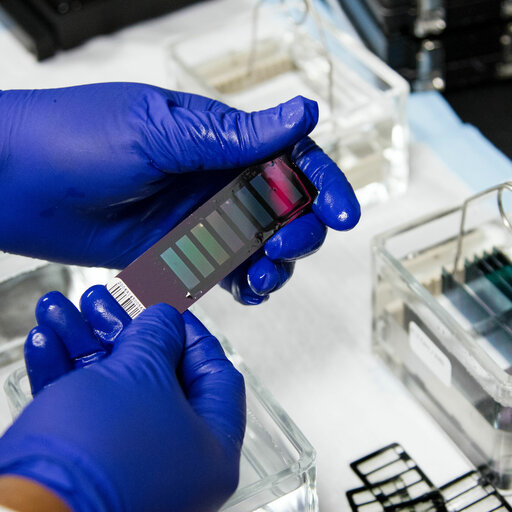Widschwendter et al., 2018
Around the world, cancer is one of the top causes of death posing a major burden on society. Evidently, preventing cancer is better than curing it. Moreover, when cancer is diagnosed at an early stage, the prospect for full recovery of a patient under treatment is much higher. A key part of developing an effective cancer prevention and screening program is determining the risk of cancer for each person individually. This cancer risk has a hereditary, or “genetic” part: somebody can have the bad luck to inherit certain variants of genes (called mutations) which result in a predisposition for cancer from one or both parents. Unfortunately, only a few of such predisposing mutations have been pinpointed so far, such as BRCA1 and BRCA2 mutations, which increase the risk for breast and ovarian cancer significantly. Nonetheless, the discovery of these specific genetic mutations has had massive influence and now enables women who have inherited these mutations to take precautious measurements in order to reduce their cancer risk (such as removing the breasts or ovaries). For most cancer types however, inheritance of genetic mutations cannot explain the majority of cases and over the last 20 years, it has become clear that “epigenetic misprogramming” plays a key role in the onset of cancer and further progression.
While the genetic code or DNA is hardwired in cells, the execution of this code is managed by ‘epigenetics’ (“epi-”, from Greek meaning “above” or “upon”), regulating the activity of different genes. One important epigenetic mechanism works via ‘DNA methylation’, which is the addition of small molecules (methyl groups) to specific pieces of DNA that can be removed again as well. Although the epigenome is initially inherited and also governed by the genome (i.e., all of our genetic code, the DNA), it changes over time enabling the molecular processes happening in a cell to be flexible, even though each cell has the same DNA. For example, when a cell develops from an adult stem cell into a white blood cell, it needs to behave differently. The function of each cell can also be fine-tuned differently for different tissues of the body. Cell activity can also be changed according to environmental exposures. In this way, for example smoking or obesity can leave an epigenetic imprint on the body. Other important factors shaping the epigenome include age, hormones, microbes and viruses and chronic inflammations.
To predict an individual’s risk for cancer, we can now employ models that simultaneously assess both underlying genetic and non-genetic factors: the DNA methylation status of specific DNA regions represents an ideal method for this. Additional requirements for a medical test are: a) it needs to be highly reproducible and should be able to be performed in an automated fashion, so that a large amount of tests can be efficiently evaluated in a short time frame by different laboratories, and b) the test should based on non-invasive methods by taking samples from easily accessible tissues in the body, so that screening is not dependent on invasive biopsies. Non-invasive samples could therefore justify taking samples from many different people as a preventive measure and would enable taking several samples over time to monitor a specific patient over the years.
To determine which type of test results in the best cancer risk prediction, large-scale clinical studies will need to be done first. By sampling different tissues from the same test person, these studies should further make clear whether samples taken from the blood, mouth, cervix or urine, can inform on cancer initiation and development in tissues that are not easily accessible. Since the epigenome is flexible, also the timing of the sampling in relation to the test person’s health status and age, will also need to be carefully examined. Finally, when the technical hurdles are overcome, remaining legal, ethical and economical issues should also be carefully considered before population wide cancer prevention screening can be rolled out.






